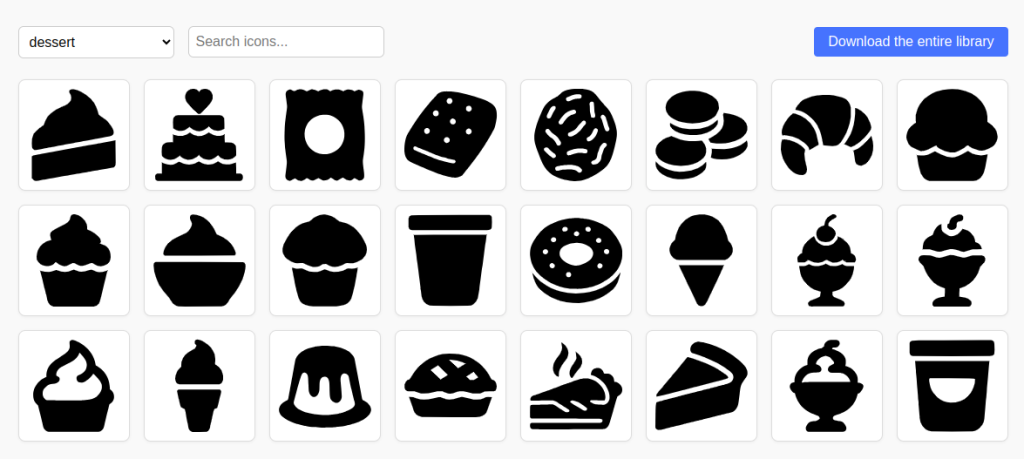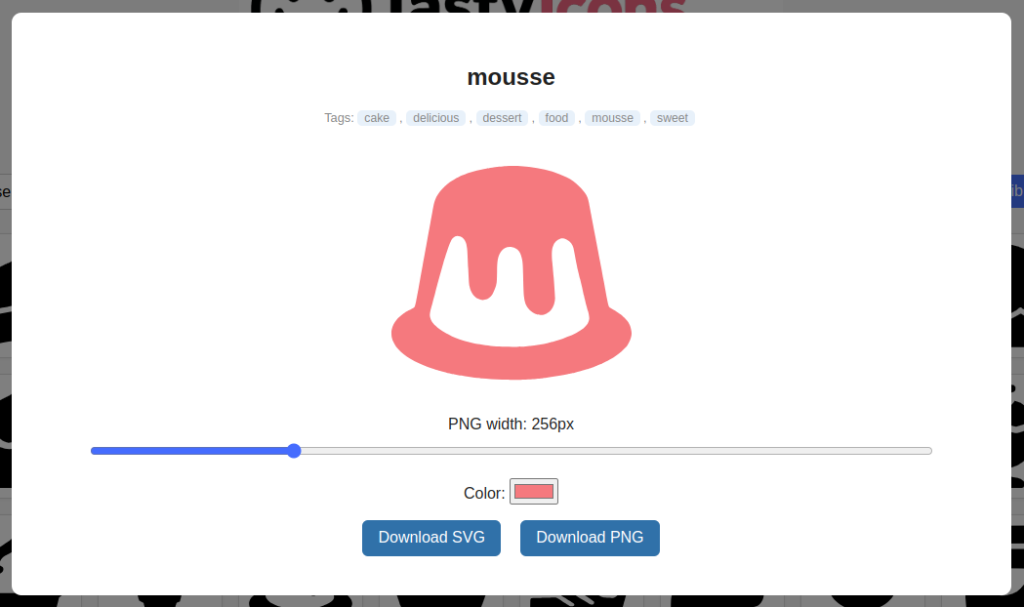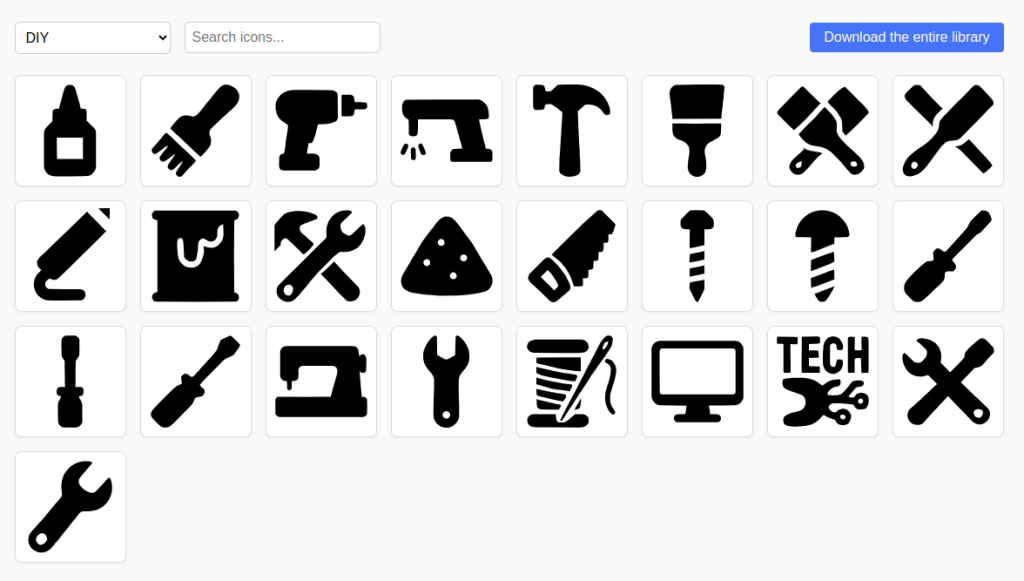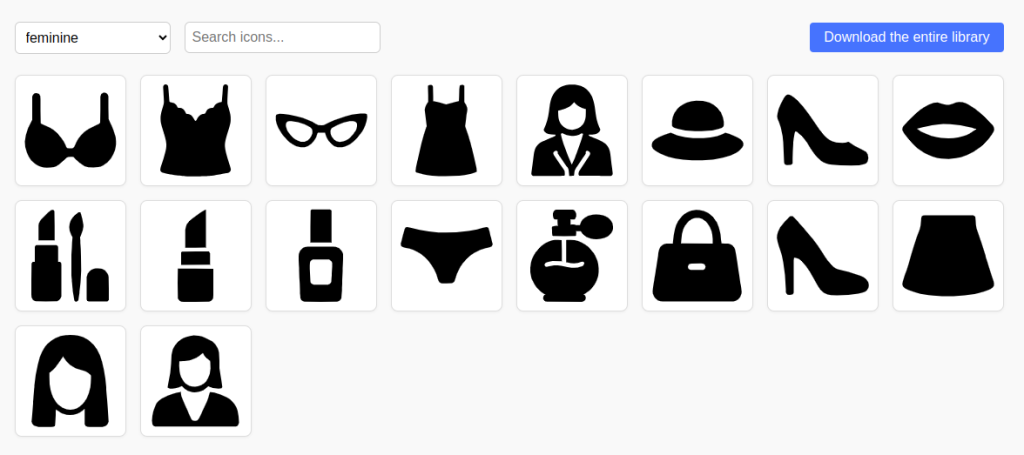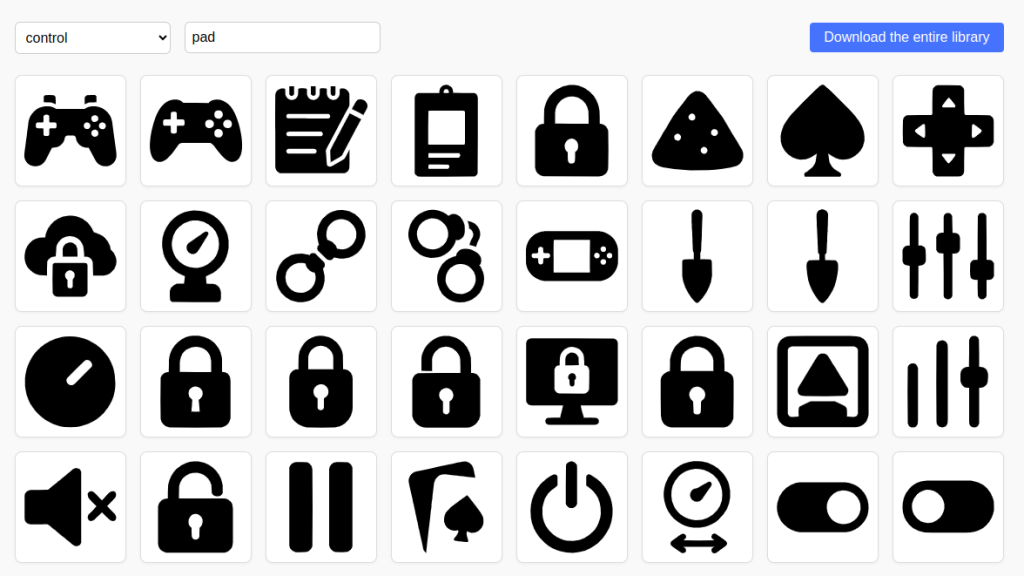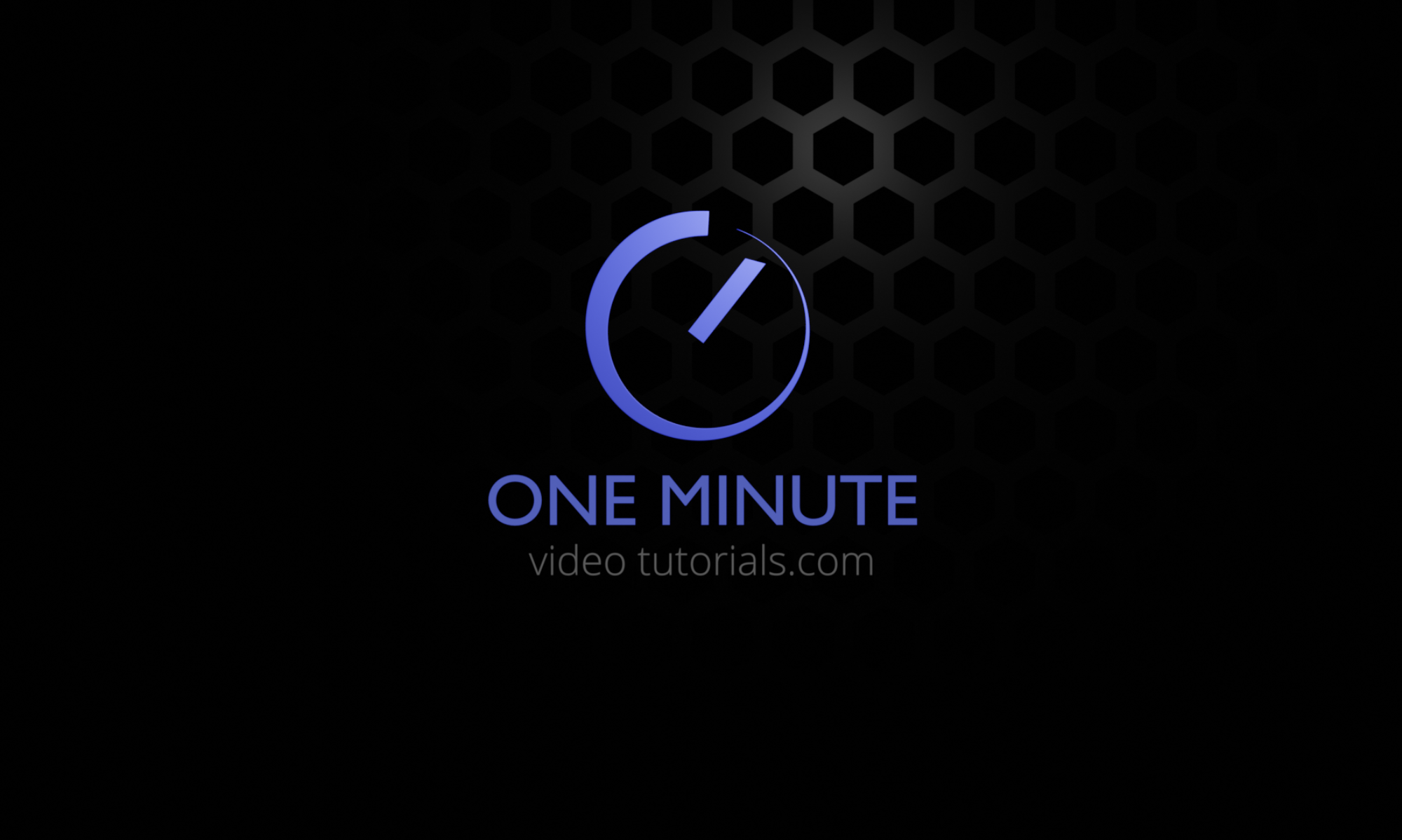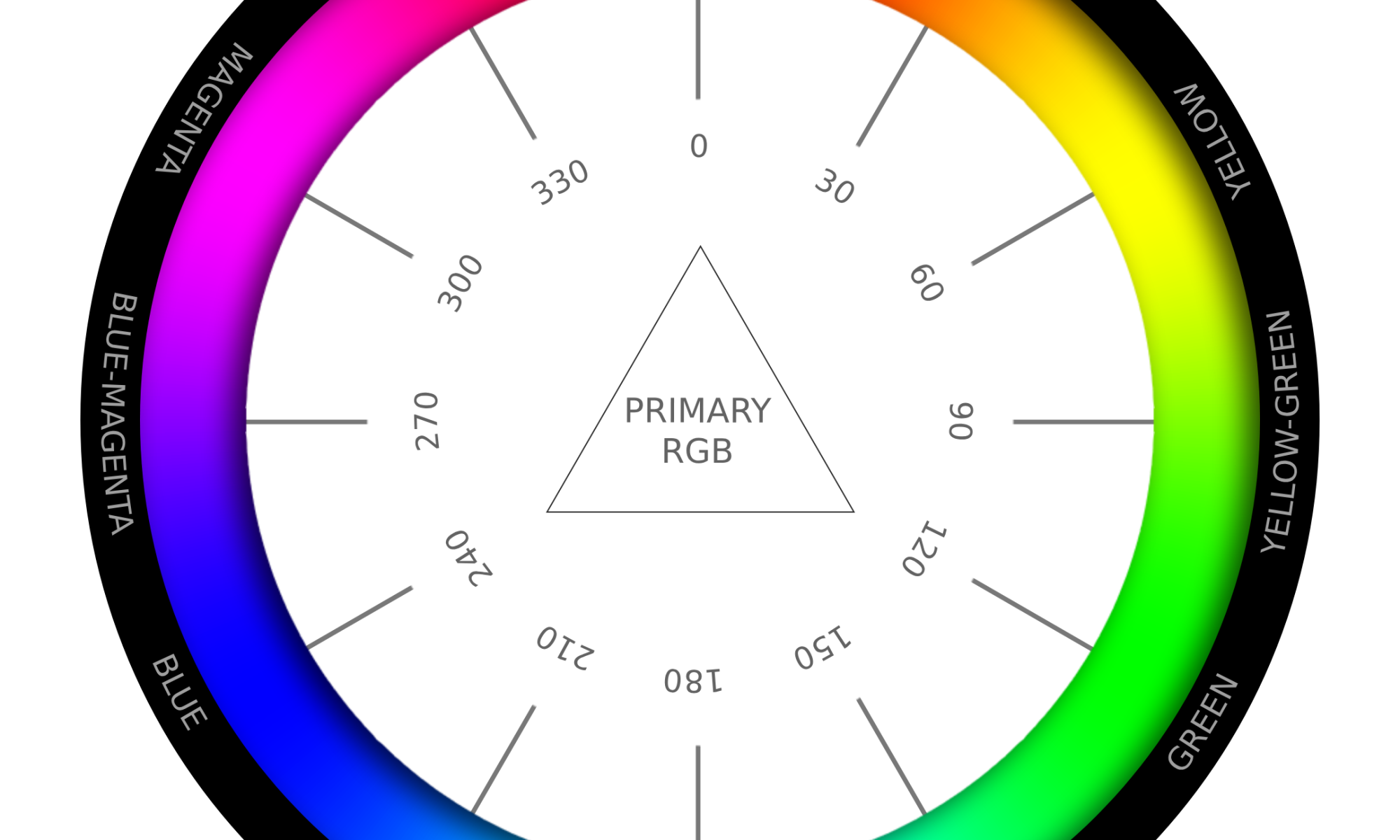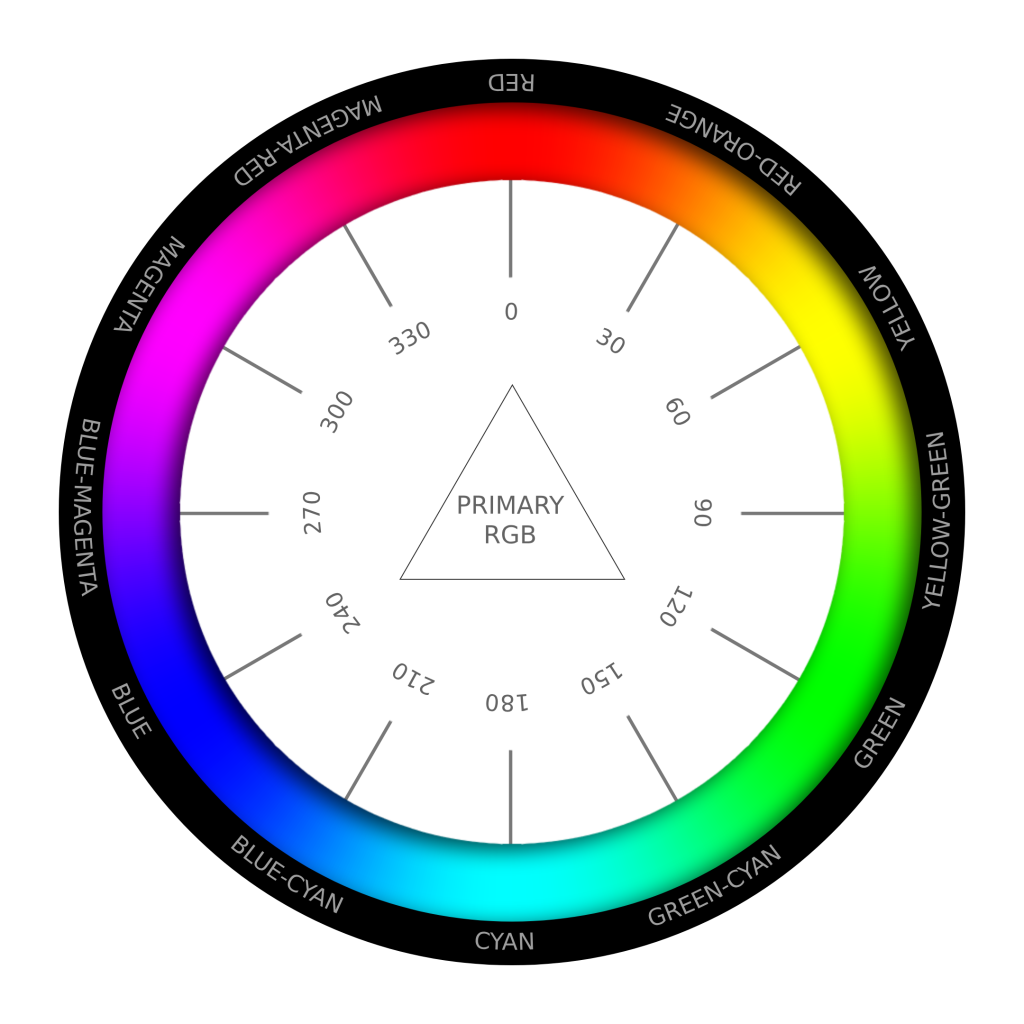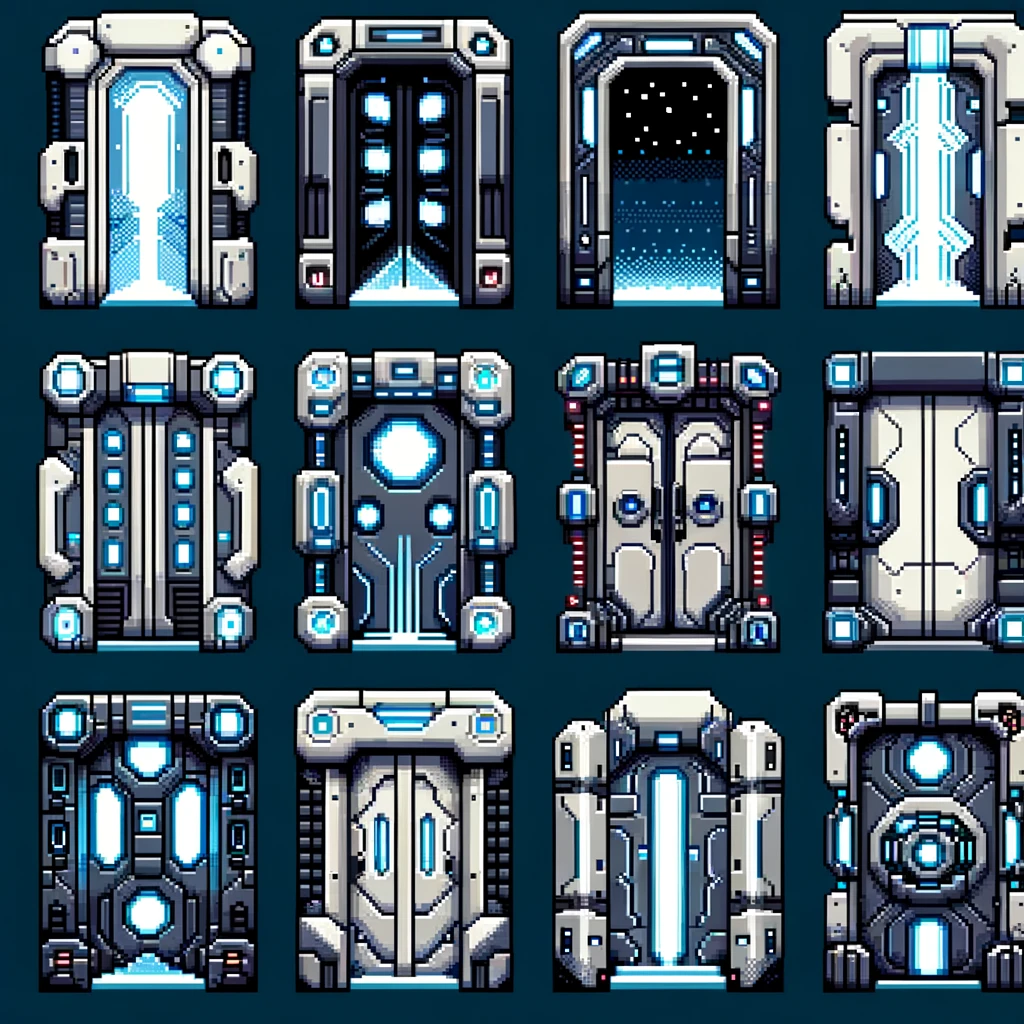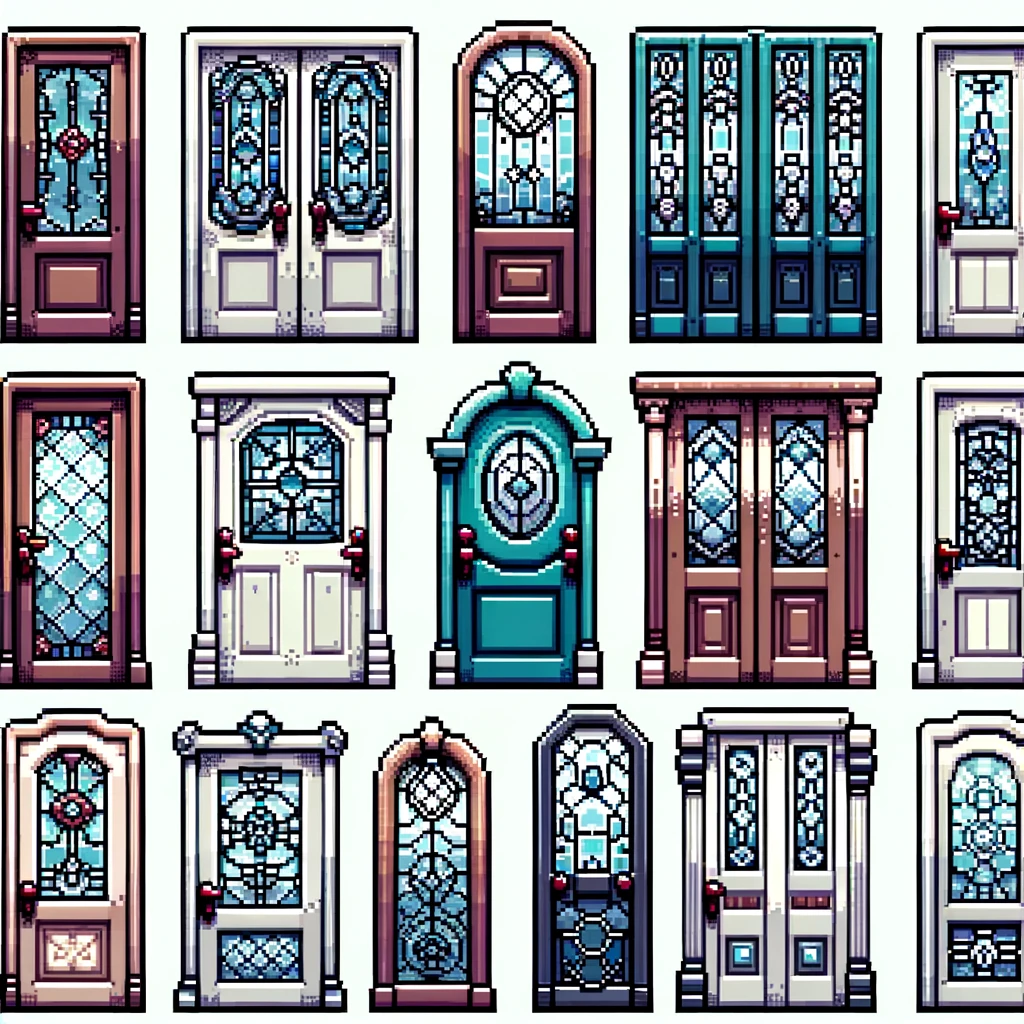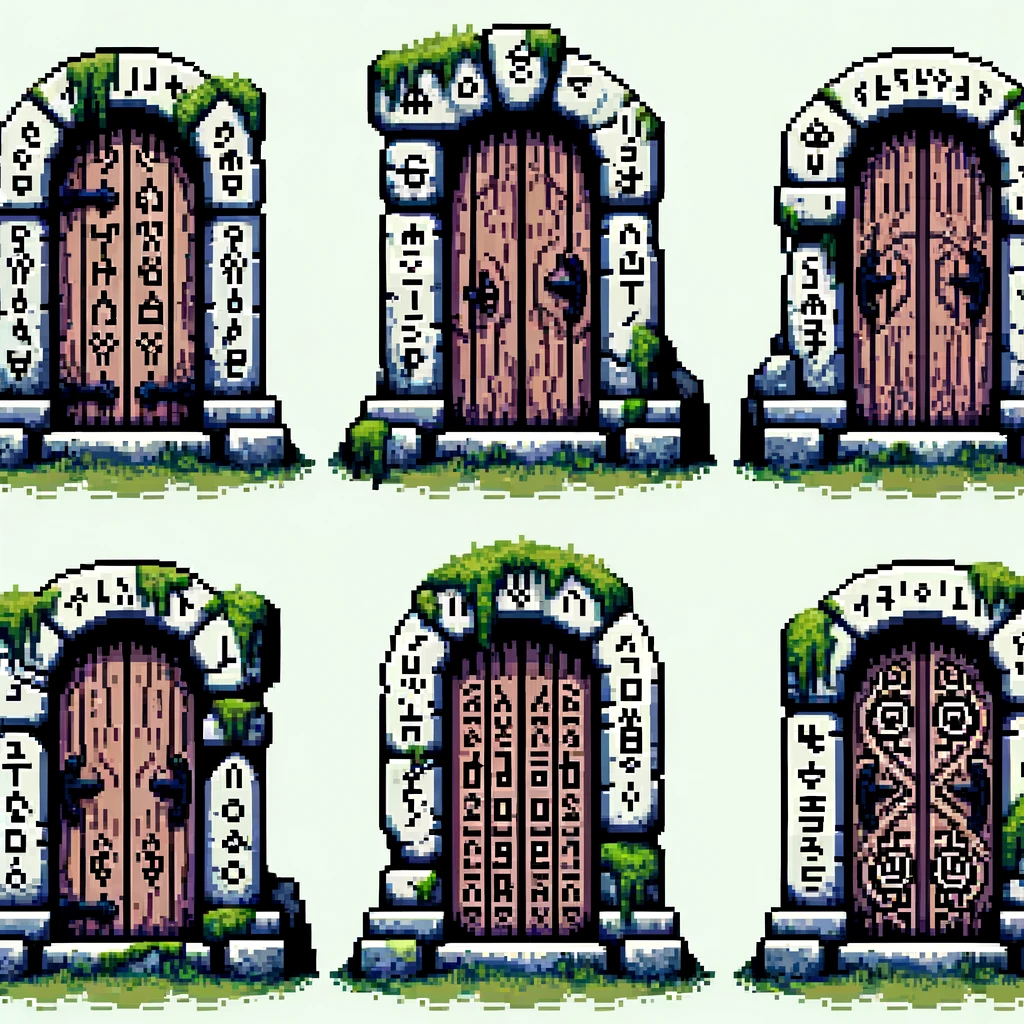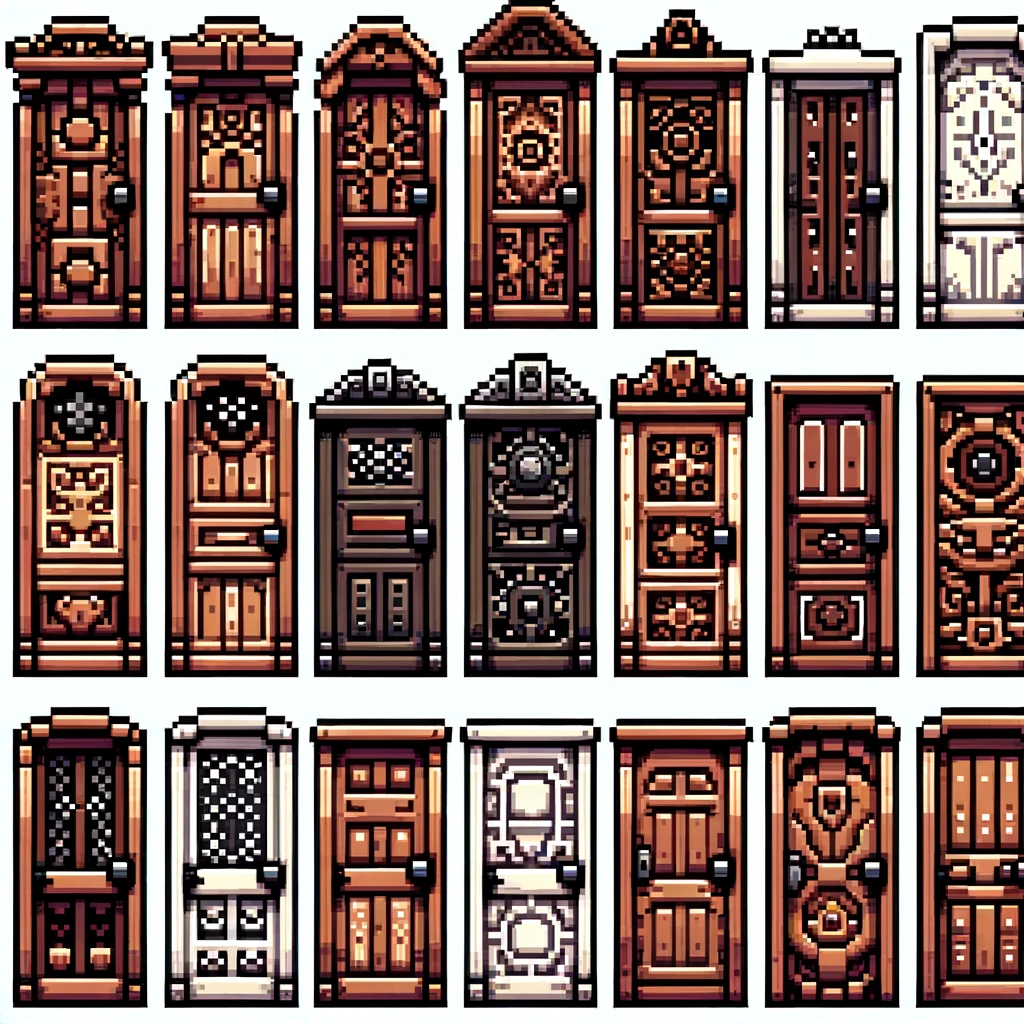Have you ever wondered how to create a 3D-transition in which an element should fly past the camera onto the webpage? Here’s how you can do that using CSS-transforms:
See the effect in action here:
FLY IN!
<!DOCTYPE html>
<html lang="en">
<head>
<meta charset="UTF-8">
<meta http-equiv="X-UA-Compatible" content="IE=edge">
<meta name="viewport" content="width=device-width, initial-scale=1.0">
<title>Document</title>
<style>
body{
perspective: 300px; /* the smaller, the stronger sense of perspective (like short focal lenght) */
min-height: 95vh;
display: grid;
grid-template-columns: 1fr 1fr 1fr;
grid-template-rows: 1fr 1fr 1fr;
text-align: center;
}
h1{
grid-column: 2/3; /* Just for putting the h1 to center of grid */
grid-row: 2/3; /* Just for putting the h1 to center of grid */
transform: translate3d(800px, 200px, 1500px); /* Set the start position for the element */
animation: myflyin 2s; /* Activate the animation called myflyin */
animation-fill-mode: forwards; /* Keep the position from the last keyfframe */
}
@keyframes myflyin { /* Define the keyframes */
from {
transform: translate3d(800px, 200px, 1500px); /* Starting position */
}
to {
transform: translate3d(0, 0, 0); /* End position */
}
}
</style>
</head>
<body>
<h1>FLY IN!</h1>
</body>
</html>
